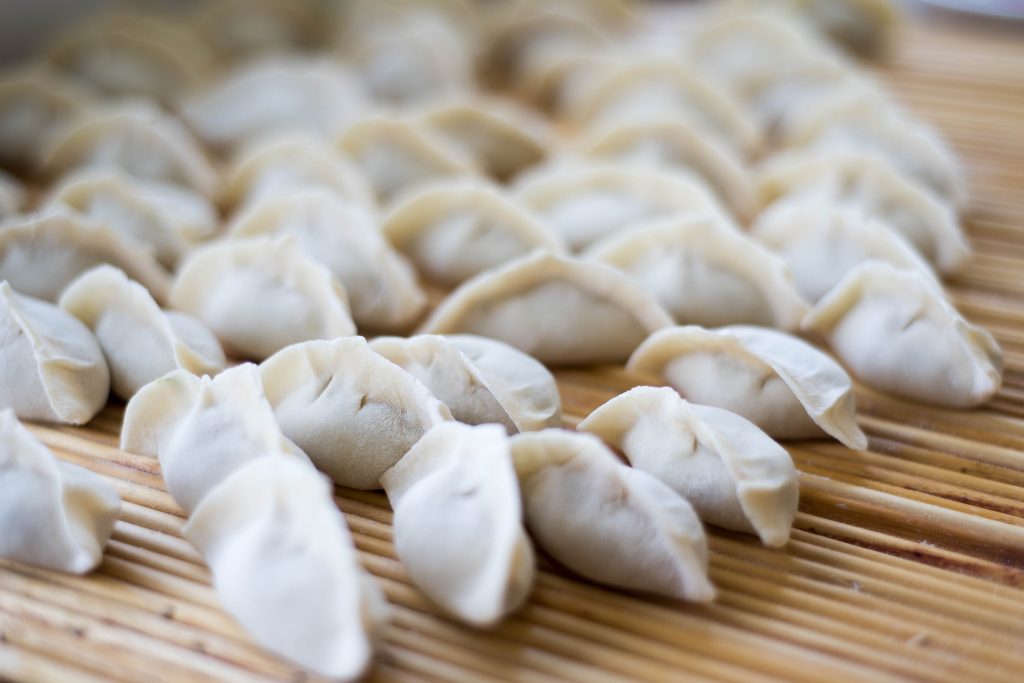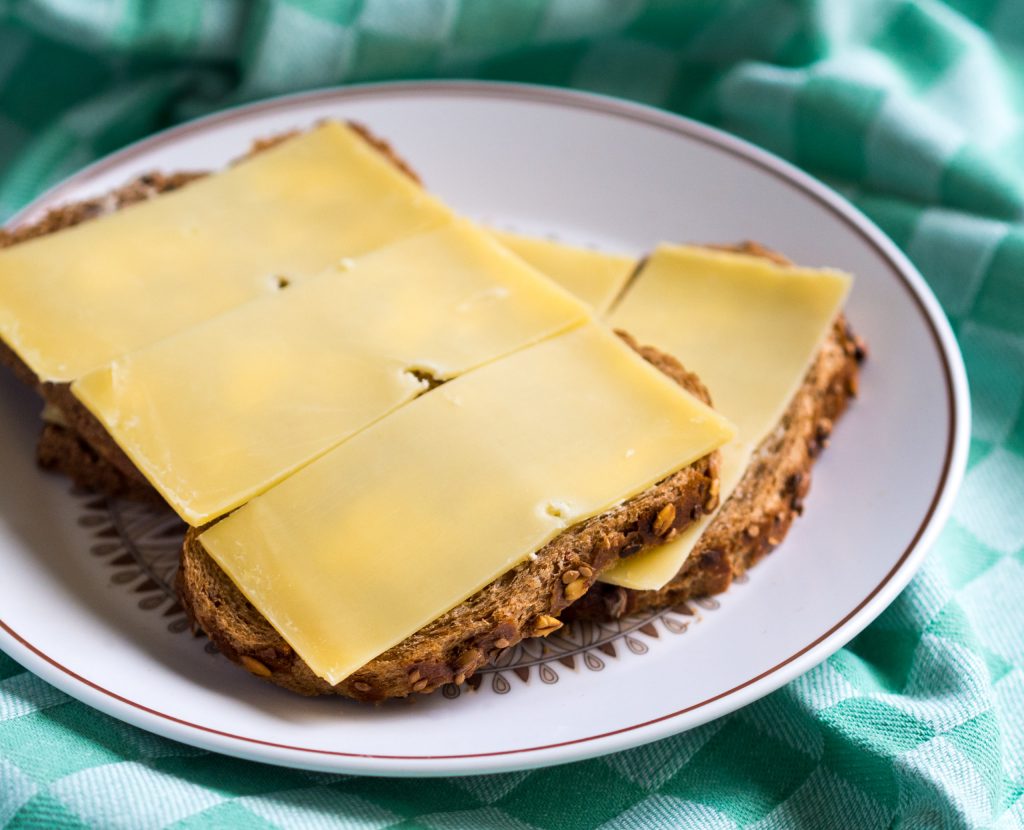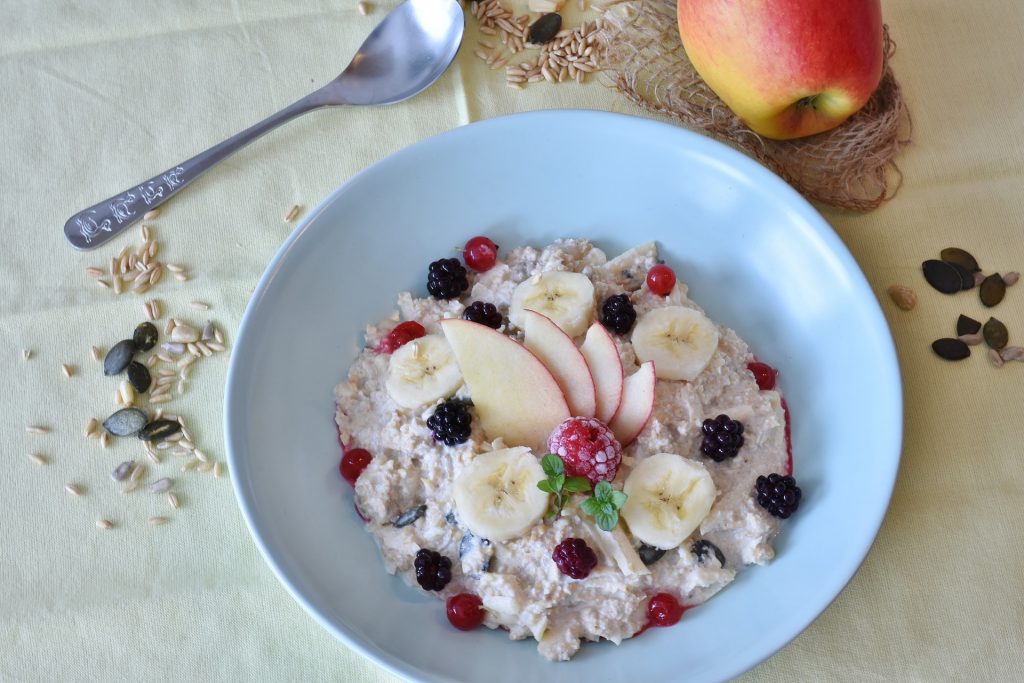Things That Don’t Go Together in Russian Cuisine Posted by Maria on Jun 10, 2019 in Culture, when in Russia
I recently attended a conference in Italy, and I thoroughly enjoyed the advice the locals gave us on following the culinary conventions, such as no cappuccino after 11 AM. This inspired me to write this post, which will look at some food-related “taboos” in Russia. This is all in good humo{u}r, and, of course, not everyone follows these conventions religiously.
Pelmeni and Red Sauce
Pelmeni (пельме́ни, singular пельме́нь) are dumplings filled with meat, onions, and spices, smaller than pierogies but larger than ravioli (the English plurals of foreign words like “pierogi” and “ravioli” is a fascinating subject beyond the scope of this post). The pelmeni’s meat-free counterpart, varenik (варе́ник, plural варе́ники) can be filled with cheese, mushroom, or even cherries.
Because of their resemblance to some Italian pasta products, such as ravioli or tortellini, you may be tempted to have them with red tomato sauce. I’m sure some people do as a matter of personal preference, but the conventional way of eating пельме́ни or варе́ники is with sour cream (смета́на) and butter (ма́сло).
Second Slice in a Sandwich
Most sandwiches in the US (readers from other parts of the world, chime in!) consist of a bread base with multiple fillings of meat, fish, cheese, or vegetables covered by another slice of bread. The bread is often toasted. To make this packed sandwich go down easier, the filling is often covered in some sort of dressing, be it mayonnaise, mustard, or something else.
A typical Russian sandwich (бутербро́д) is very different. First, only one slice of rich, flavo{u}rful bread (хлеб) is used, which is not normally toasted—what is called an open-face sandwich. On top of that base, you usually have one main topping, such as kielbasa (колбаса́), smoked salmon (сёмга), cheese (сыр), caviar (икра́), or sometimes simply butter (ма́сло). Sometimes butter if used underneath the main topping, especially for cheese sandwiches (бутербро́д с сы́ром) or caviar sandwiches (бутербро́д с икро́й). Because no dressing is typically used, this kind of sandwich would be very dry and hard to swallow if you added another slice of bread on top of it!
Salt in Porridge
I am using the word “porridge” here to refer to any sort of hot cereal (ка́ша), not necessarily to oatmeal. Most of Russian porridges will be on the sweet side, even though many recipes will call for adding salt (соль) to the boiling water. However, when making oatmeal (геркуле́с) or cornmeal (кукуру́зная ка́ша), you would typically add more sugar (са́хар) than you would salt. Compare that to such dishes as grits, which tend to be on the salty and savo{u}ry side.
Of course, this is not an absolute rule, and you will likely come across such unsweetened porridges as buckwheat (гре́чневая ка́ша) or pearl barley porridge (перло́вка).
Have you ever tried to get creative with Russian-inspired dishes (or any dishes from Eastern Europe)? What was the reaction?

Build vocabulary, practice pronunciation, and more with Transparent Language Online. Available anytime, anywhere, on any device.







Comments:
David Roberts:
Bongiorno Maria, spasib za interesnim postom! in UK English Sandwich ALWAYS, unless otherwise specified, means two slices of bread with something else (not counting butter) between. Just one slice – open sandwich. The word comes form the earl of Sandwich, a military man of the 18th or 19th century who told his servant to put some meat between two slices of bread so that he could eat it without cutlery. From this incident we get not only the specific noun but also a more general verb – anything can be sandwiched between two other things – a phone call sandwiched between two meetings, a footballer between two opponents, itd. Ciao e a la prossima, David
Maria:
@David Roberts Thank you for your comment, David! Nothing like a good sandwich. 🙂
samonen:
Cooking oatmeal without salt was new to me. But I do admit I used to add sugar (and milk) to my oatmeal when I was a kid. My favourite breakfast was “mannapuuro” (манная каша) with jam or a fruity “soup” on top.
One of my favourites in Russian cuisine is buckwheat. I understand it was used here, in Finland, in times past, but turned into something of a provender for farm animals. which I think is idiotic – much like soy: First you give it to animals to produce protein for humans; then you eat the animals. NO NO NO!
Maria:
@samonen I think most Russians do add salt when cooking it; it’s just that they add more sugar than salt. 🙂